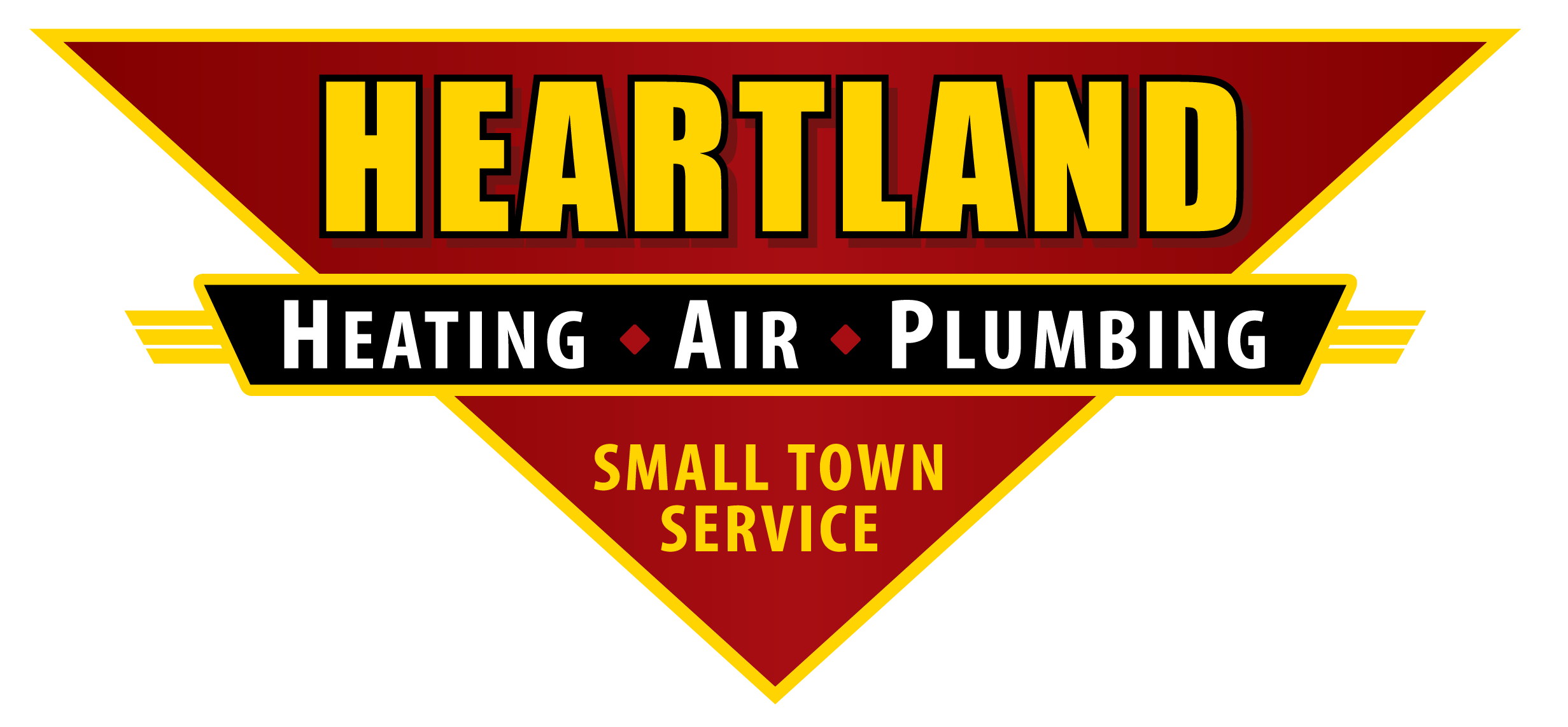Carbon monoxide is a colorless, odorless gas, that people don’t realize is infiltrating their homes before it’s too late. Known as a silent killer, carbon monoxide claims a number of lives annually. Heartland Heating, Air, and Plumbing explains why you need carbon monoxide detectors installed in your home and shares what sets off carbon monoxide detectors.
How Does Carbon Monoxide Detector Get Into My Home?
Carbon monoxide (CO) is produced by incomplete combustion of carbon-based fuels, such as gasoline, natural gas, wood, or charcoal. Often it can invade homes by gas leaks from a stove, fireplace, or furnace. Whenever your car is in the garage and the garage door is closed, it’s very easy for CO to fill up your garage as well as other areas of the home.
Carbon monoxide poisoning accounts for over 400 deaths each year in the United States, with thousands more reported to suffer from milder poisoning symptoms. Because CO is imperceptible to the human senses, carbon monoxide detectors have become an essential security feature in homes and businesses.
How Do Carbon Monoxide Detectors Work?
Carbon monoxide detectors are built to give an audible alarm when concentration levels of carbon monoxide gas are high. They are specifically designed to detect only carbon monoxide and not other forms of gas that may be present in a home’s air – however, there are combination smoke and carbon monoxide detectors available on the market.
The detector works by utilizing an electrochemical sensor that reacts with CO molecules in the air. This generates an electric current, which increases when more CO gas is present. When the concentration of CO reaches a hazardous level, the sensor triggers an alarm, typically consisting of a loud beeping sound to warn the occupants of the potential danger – some models also emit a verbal warning. This early detection and warning system enables people to evacuate the premises quickly to get fresh air and take necessary actions to address the source of the CO leak. Evacuating the home is absolutely necessary to prevent serious health risks, including carbon monoxide poisoning, which can be fatal to people and pets if left undetected.
Calling a professional heating and cooling company like Heartland can help find the source of the leak. Our team installs carbon monoxide alarms around homes in the Carbondale, IL area, but we also have a team of plumbers and HVAC professionals that can find the source of the CO leak quickly.
What Sets Off Carbon Monoxide Detectors?
Carbon monoxide detectors are typically triggered when carbon monoxide exposure levels in the environment exceed a particular level. The exact level varies depending on the detector’s brand and kind. Most detectors are set to sound an alarm when CO levels exceed 70 parts per million (ppm) over a given period. Additionally, the alarms’ sensitivity can be set based on ambient conditions, such as temperature and humidity, ensuring better functionality and minimizing false alarms.
Here is a list of some of what sets off carbon monoxide alarms in the home:
- Malfunctions or improper ventilation of gas stoves, ovens, water heaters, furnaces, and boilers
- Blocked or faulty fireplace chimneys or flues
- Running generators in enclosed spaces or too close to the home
- Idling vehicles in attached garages
- Using charcoal or gas grills indoors or near open windows
In some instances, CO detectors may produce a false alarm due to malfunction, low battery, or interference from other household chemicals. To ensure that your CO alarm is always working when you need it to, it’s a smart idea to change the batteries in your carbon monoxide detector every 6 months or during daylight savings time.
It’s essential to address any alarm promptly to ensure the safety of all occupants. Identify the source of what sets off carbon monoxide detectors after any alarm to determine if a CO leak is present.
Where Should Carbon Monoxide Detectors Be Installed?
- Near Sleeping Areas: Install CO detectors in or near bedrooms to ensure that occupants are alerted while sleeping.
- On Every Level Of The Home: Place detectors on each floor, including basements and attics, to provide comprehensive coverage.
- At Least 15 Feet Away From Fuel-Burning Appliances: Avoid installing detectors too close to a fuel-burning appliance like in a laundry room or in the kitchen prevent false alarms.
- High On Walls Or On The Ceiling: Since carbon monoxide is slightly lighter than air, detectors should be placed high up to detect rising CO gas more effectively.
- Avoid Corners And Vents: To ensure accurate readings, do not install detectors in corners, near ventilation ducts, or in areas with drafts, as these can affect the sensor’s performance.
Always adhere to the installation instructions provided by the detector’s manufacturer for optimal placement and performance. If you are unsure how or where to install these devices, contact Heartland Heating, Air, and Plumbing for professional carbon monoxide detector installation. Test your CO detectors monthly, change out batteries regularly, and replace your CO detector every 5-7 years.
Professional Carbon Monoxide Detector Installation in Carbondale, IL
Carbon monoxide poisoning is a real threat to us all, but by taking the proper preventive measures, you can keep yourself and your family safe. Installing carbon monoxide detectors around your home is critical to alert all occupants of this difficult-to-detect hazard. Offices are also vulnerable to carbon monoxide exposure as well. By understanding what sets off carbon monoxide detectors and knowing where to place them, we can prevent many dangerous and life-threatening situations.
Always ensure the safety of yourself and your family by prioritizing security and investing in adequate measures to minimize accidents. Contact Heartland Heating, Air, and Plumbing today to schedule professional carbon monoxide detector installation in your home.

